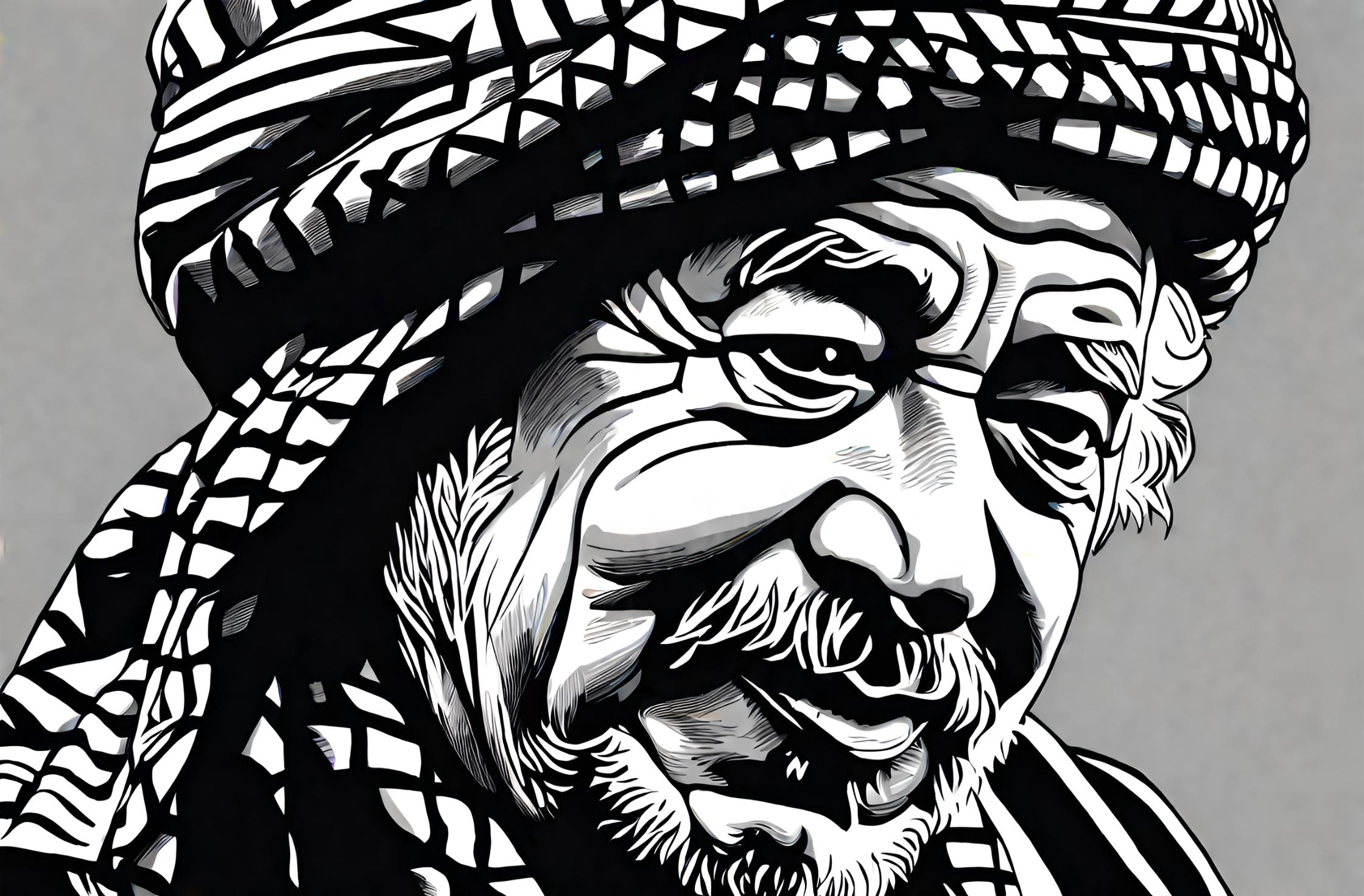Flashback to January 20
World History

1944
British Field Marshal Bernard Montgomery launches Operation Market Garden, with 14 divisions. Nearly 2000 American CG-4A and 700 British Horga and Hamilcar gliders are launched from southern England, carrying the British 2nd Army and the US 101st Airborne Division. They land along 60 miles of road in Holland, leading into Germany. The objective is to capture bridges at Grave, Nijmegen, and Arnhem over the Rhine river.
Read moreThe remarkable day of September 17, 1944, witnessed the initiation of one of the most ambitious operations coordinated by British Field Marshal Bernard Montgomery, a mammoth military maneuver dubbed Operation Market Garden. This historical event revolved around an alliance of 14 divisions, spearheaded by the prominent figures of the British 2nd Army and the US 101st Airborne Division. The rather audacious effort perceived the launching of nearly 2000 American CG-4A, supplemented by 700 British Horsa and Hamilcar gliders. The battlefront was erected in Southern England and the battleground extended over 60 miles of main roads in Holland, leading directly into the adversary’s home turf – Germany.
A captivating feature of Operation Market Garden was the deployment of the iconic gliders, namely the American CG-4A and the British Horsa and Hamilcar. These gliders brought a new dimension to the theatrics of the world war conveying the troops and ammunition from the launch site in Southern England, spread out over an expanse of 60 miles through Holland and into Germany. The airborne division’s strategic use of these gliders set the stage for a new era of tactical warfare.
The central plot of Operation Market Garden hinged on the ultimate mission: the capture of the essential bridges at Grave, Nijmegen, and Arnhem strewn over the formidable Rhine river. The bridges formed a critical link, and their capture would open up a swift route into Germany, paving the way for the allied forces to mount a direct attack on the heart of German defense. Achieving this was no small feat, given the strong German fortification and the strategic importance of the bridges.
Executing Operation Market Garden required meticulous planning and syncing of both ground and air operations. The men of the British 2nd Army and the US 101st Airborne Division carried the weight of this responsibility, braving the perils of enemy territory. The operation was divided into two parts: ‘Market’ and ‘Garden.’ The offensive was a combination of the paradrop and ground attack. The ‘Market’ part of the operation involved parachuting down behind enemy lines to secure key objectives while ‘Garden’ detailed the ground offensive to relieve the airborne forces, creating a potent blend of ingenuity and raw power.
The daring assault organized by British Field Marshal Bernard Montgomery was more than a mere military engagement; it was a display of resilience, courage, and strategic acumen. Montgomery, a seasoned campaigner with a history of leading successful campaigns, utilized every ounce of his vast experience in orchestrating this operation. His leadership was a key driving force behind the allied forces weathering the storm.
Despite the bravery and well-structured tactics employed during Operation Market Garden, the objectives of capturing the three bridges at Grave, Nijmegen, and Arnhem were only partially met. This operation served as a stark reminder of the grim realities of warfare. Even the best-laid plans could be undone by unforeseen circumstances, and the uncertainty of warfare was a lesson hard-learned by the allies on the battlegrounds of Holland.
the colossal event that was Operation Market Garden transcended beyond the realm of being a mere military exercise. The impact of the events of that fateful September day in 1944 continues to reverberate through the halls of history as a testament to the indomitable human spirit, symbolizing the triumphs and tribulations of one of the darkest periods in the annals of mankind. The tale of British Field Marshal Bernard Montgomery’s ambitious endeavor, the brave troops, and the bridges of the Rhine river is still etched prominently into the narrative of World War II, a poignant reminder of a time where valor, strategy, and sacrifice strode hand in hand.
We strive for accuracy. If you see something that doesn't look right, click here to contact us!
Sponsored Content

Yasser Arafat is re-elected…
Yasser Arafat's re-election as…

Military coup in Lesotho…
On 1/20/1986, Lesotho experienced…

Investigator, first ship to…
On January 20, 1850,…

Philippe de Rothschild, Bordeaux…
Philippe de Rothschild, renowned…

Theophilus, Byzantine kaiser (829-42),…
On January 20, 842,…

Duke Wladyslaw Lokietek becomes…
On January 20, 1320,…

